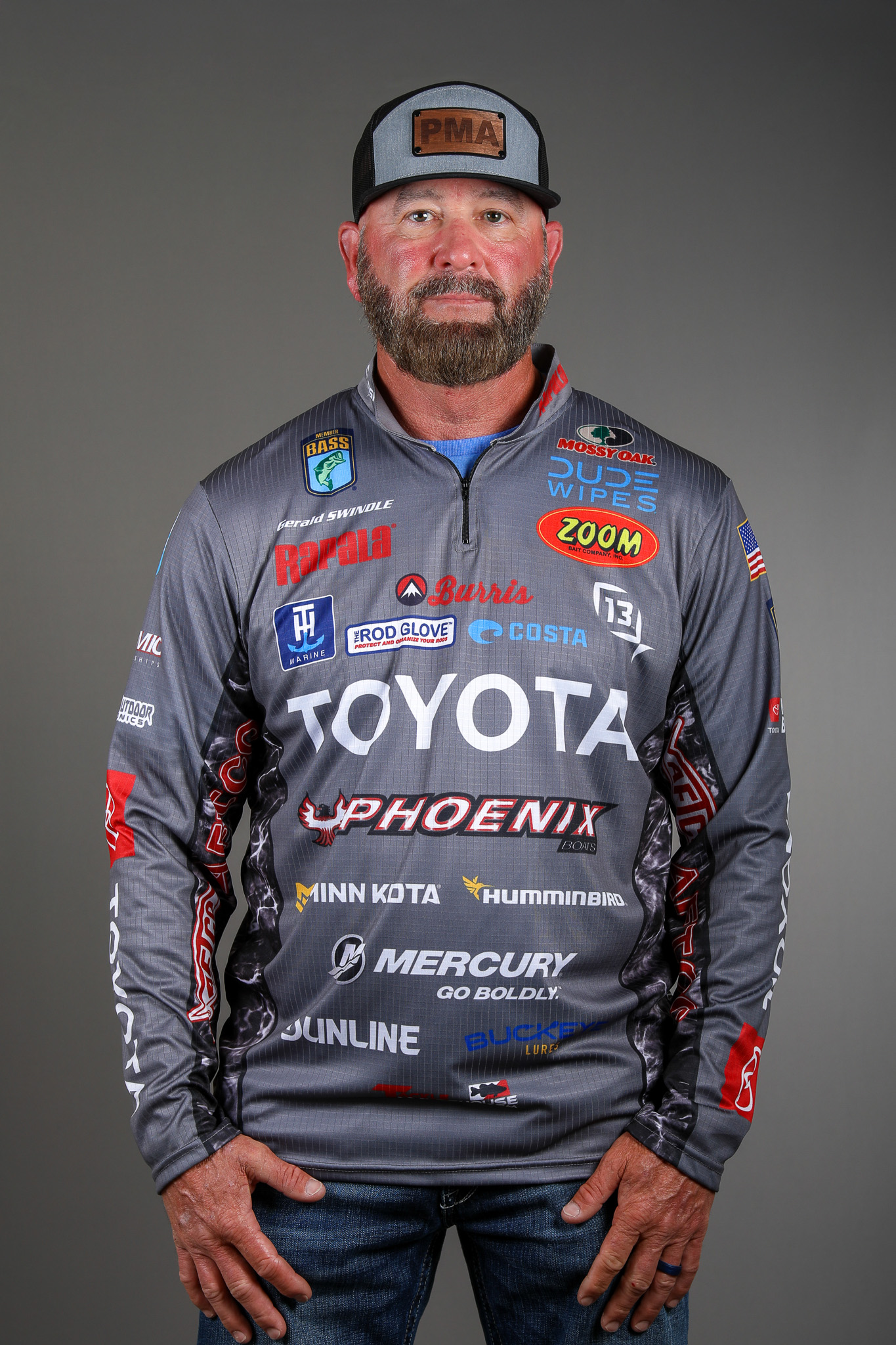
The concept of pattern fishing for bass was first defined by Roland Martin in 1969: "A 'pattern' is the exact set of water conditions such as depth, cover, structure, temperature, clarity, currents, etc., which attracts fish to a specific location and to other similar locations all over the same body of water." In Pro Patterns, we interview a top bass fishing expert to get insights and details of his favorite pattern that will help you catch more and bigger bass. Print these patterns to create a notebook that will help you catch bass anywhere and anytime.
Most people give up on topwaters when the water temperature drops in the winter, but not Gerald Swindle. He says he catches several big fish this time of year on lakes where the water temperature stays above 50 degrees. The topwater, he adds, catches the biggest and most aggressive fish first and is a great way to start your tournament day during the cold weather seasons in the South.
Season
Winter
Water Conditions
Water temperature: 52 to 58 degrees.
Water color: Clear water is best. It needs to have at least 1 foot of visibility.
Wind/current: Light wind or no wind.
Structure/Cover
Structure: Slick points, backs of coves, isolated secondary points. The ones that are protected but have had wind blowing into them tend to be best.
Cover: Not a factor. The fish are in these areas chasing shad.
Depth: 6 feet or less.
Tackle
Lure: Lucky Craft Gunfish 115, American shad color.
Rod: 7-foot Quantum Gerald Swindle Signature Series with a light action tip.
Reel: 6.3:1 Quantum Catalyst PT
Line: 15-pound Vicious monofilament.
Presentation
Cast/Flip/Pitch: Cast
Retrieve: Work the topwater with medium to fast twitches in a walk-the-dog rhythm to draw attention to the lure and trigger strikes. Make long casts and cover a lot of water.
Keys to success
Key on those shallow areas that still have shad activity. The first three hours of sunrise, or overcast days, are best. The pockets the wind has blown into will have baitfish.





